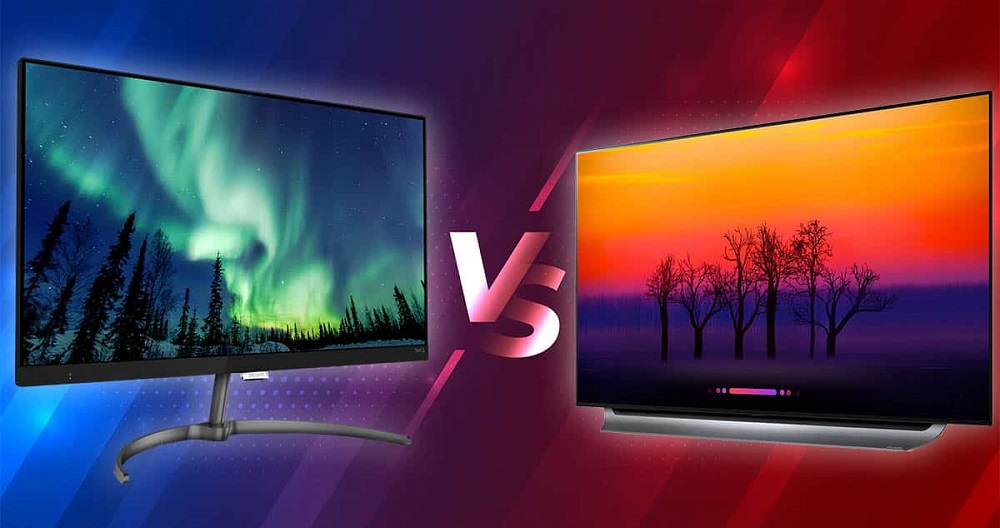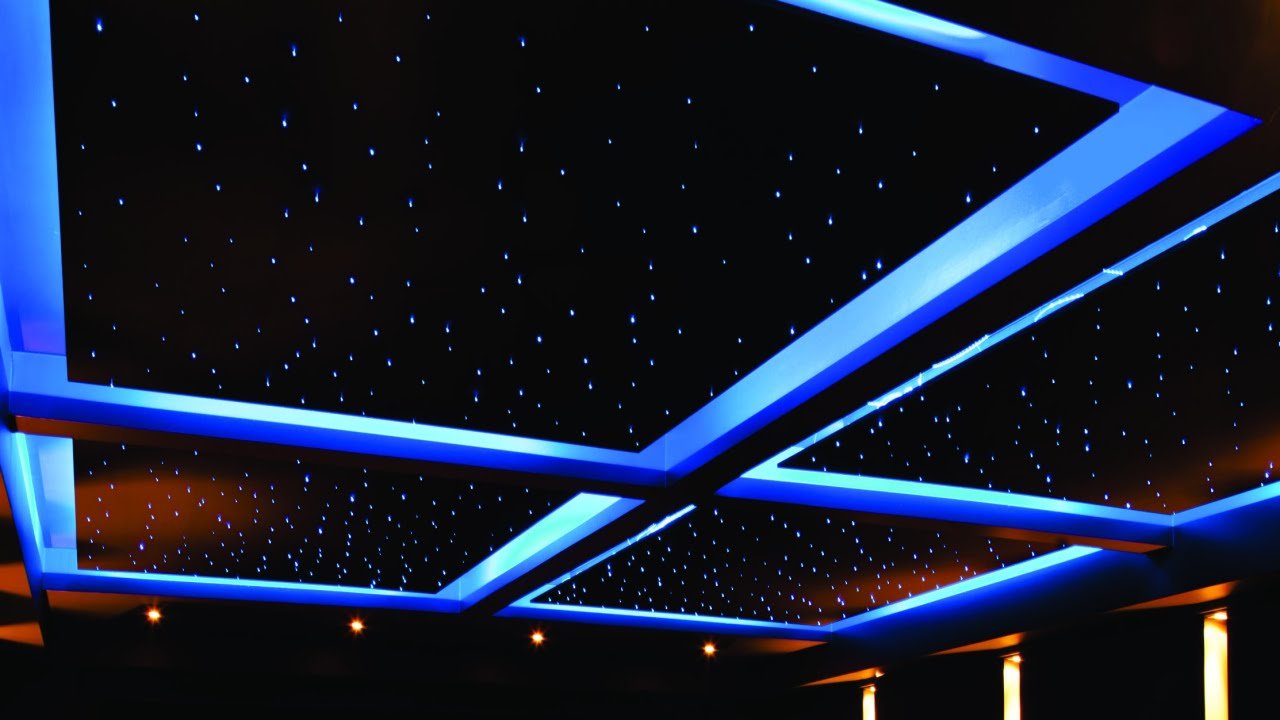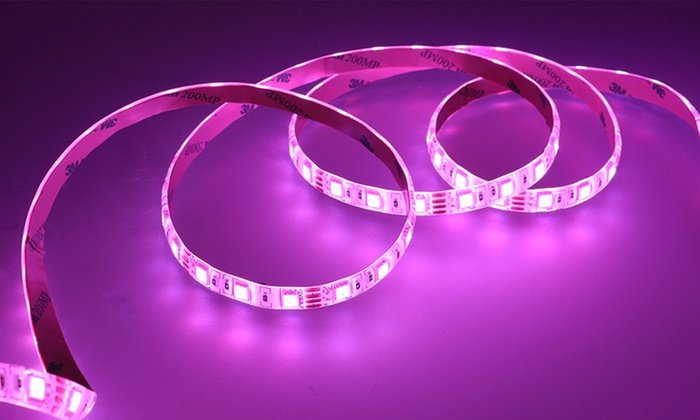Television screens are supposed to be clean and free of dirt, dust, or any debris that may blur vision. This is why this component is one of the most vital parts of a Television. Nothing can be worse than straining your eyes to make sense of the pictures your set is projecting. If you do not clean your TV regularly, fingerprint smudges and dust will build up.
How often should you clean your Television?
Cleaning your LED TV or any type of television for that matter is something you should do at least once every 2 or 3 weeks. In fact, I will suggest that you do it as often as you watch it any paying more attention to the screen when you do so. If you clean your TV set regularly, it will always look brand new, and you will enjoy bright and colorful pictures without said. Bearing that in mind, there are ways to go about a cleaning endeavor. Unfortunately, not everyone knows how to clean a set effectively. Many think that a piece of towel soaked in water will do. How wrong they are. Television screens are very sensitive, so a great deal of care is required to do the job effectively. In addition to that, being careful also protects the screen for damage. Secondly, you need to understand that TV sets are different. Although they all project sounds and images, they are built differently. So, therefore, the approach to cleaning should also be different as well.
1. Read the Owner’s Manual
2. Turn off TV
3. Use a Microfiber Cleaning Cloth for your LED, LCD TV sets
4. Avoid Harmful Chemicals. Do not spray water or detergent on the screen
5. Use Cotton Swabs on corners and near the edges of the display
6. How to clean a Tube TV with water
7. Dish Soap LCD and LED Screen
8. Cleaning Your TV Remote Control
9. Some Extra Tips to take on board when cleaning your LED TV Screen
The approach to cleaning an LED TV screen, for instance, requires extra care compared to the cleaning of a Tube TV. They both have screens, but the former is more sensitive than the latter due to the sensitivity of LED screens build material. Bearing all this in mind, how do you safely clean an LED TV screen without damaging it in the process. In this article, we will show you safe and intelligent ways to go about it using available and affordable materials. You will also learn a few tips about how to do it safely too.
LED TV Screen Cleaning Tips
Before you proceed, you need to bear two things in mind when cleaning LED TV screens. Firstly, you want to do it in such a way and with the right materials that ensure the screen is clean and devoid of dust or stains of any kind. You want your screen to be as bright and clear as possible. Secondly, you want to avoid damaging the screen or reducing its projection quality. This is why it is necessary to use only the right cleaning materials and approach at all times. Now, here are some helpful tips for adopting when cleaning an LED television screen.
[/fusion_text]1. Read the Owner’s Manual

Every electronic equipment comes with an owner’s manual. This manual provides the user with sufficient information about how to use and maintain the gadget. The same thing goes for LED sets. They come with an owner’s manual too. Before you clean the set, you may want to read the manual first.
In fact, it is advisable that you read it first immediately you buy and install it in your home. By reading the manual, you gain more understanding regarding how to care for the television all through it a lifespan in your home, office, or wherever you install it. For the purpose of cleaning, pay attention to the section that provides information about how to do it effectively.
Reading manuals is important because different television manufacturers provide different approaches to cleaning their sets. What works for an LG LED TV may not work for a Samsung set. That is why it is so important to only follow the recommendation of a one cap fits all approach to cleaning your TV screen. If you read the manual when you bought it, but you have forgotten the cleaning details, consult it once again to refresh your memory.
2. Turn off TV

Before you start the cleaning properly, turn off the television set. Do not stop at that. You also need to unplug it from the power source. Once you have done that, do not start cleaning the screen immediately. Give it time to cool down. The cleaning process may take between 2-5 minutes or even more depend on your LED TV model or how long it was on.
Turning the TV off will cut off power leading to the cooling down of the screen. You don’t want to be cleaning a hot or warm screen, do you? You want to make sure that the screen is as cool as possible and non-reactive to whichever cleaning agent you use.
3. Use a Microfiber Cleaning Cloth for your LED, LCD TV sets

Another advice to take in that is so important is that you should never use paper towels to clean the screen. There are reasons to avoid paper towels. Paper towels, especially when soaked in water, leave smudges and stains on the screen. No matter how long or how hard you try to wipe the marks off, they yet remain. Paper towels are bad for your TV screen. It’s as simple as that.
To enjoy an ultimate cleaning experience, you should consider using microfiber cleaning pieces. Some people recommend cotton whole because they are more breathable. However, microfiber cloths are more durable. In addition, they do not stick to your screen. Older LED, or LCD screens can’t handle traditional cleaning methods or materials. With microfiber, you can eliminate stains, remove smudges, and fingerprints with ease.
How to use Microfiber to clean your screen?
To use microfiber, simply wipe the surface of the screen in a circular motion. Cover as much part of the screen as you possibly can. Work your way around the edges as well. More importantly, when cleaning, avoid touching the screen with your bare hands as doing so will leave fingerprint marks on it.
4. Avoid Harmful Chemicals. Do not spray water or detergent on the screen
The use of chemicals should be avoided at all costs. Chemicals damage screens more than you know. That a chemical agent worked on a particular surface is not an indication that it will work well for your TV screen. LED screens are very sensitive and fragile, so you ought to make sure that you keep chemicals as far away as possible. Another material you should never use is a detergent solution (water and detergent).
Soap, scouring powder, was window cleaners, and any other general industrial cleaner should be avoided. Abrasive pads and towels made from paper should not be used either. Using any of these materials will lead to screen scratches, anti-glare coating damage, or permanent screen damage. The sad part is that the damage may not be noticeable at first, but over time, the same will become permanent.
If you must wet your cleaning material with water, do so in little splashes. Avoid spraying the screen directly with water. When wiping the screen, do so gently because it can break if pressed too hard as screens are very fragile.
5. Use Cotton Swabs on corners and near the edges of the display
You will notice that your microfiber cloth cannot reach the edges of the screen like the other areas. If you don’t clean the edges too, dust and first will accumulate in those parts, and after a time removing the stains will love difficult. Furthermore, failure to clean screen edges will lead to an uneven appearance, with poor picture quality being the end result. To clean edges and corners effectively, use cotton swabs to greater effect. For better results, dab the cotton swabs in water. Pick off the dirt carefully by dragging them out using the swabs. Do this for the four corners of the screen.
As for the edges, run the swabs up and down systematically but avoid running them all the way down to the edges as this may drive dirt further on that may be difficult to remove. For better results, use as many cotton swabs as you can.
6. How to clean a Tube TV with water?

Unlike an LED TV screen, cleaning a Tube TV is much easier. Tube TV screens are more rugged and can withstand pressure, but doing so carefully is also important. You can use a microfiber cleaning cloth doused in a little water. Never spray the screen directly as this may damage it. Rather, work your way with the microfiber cloth. Apply the same circular cleaning motion like you would do an LED TV screen. Cotton swabs will also come in handy to pick off the dirt from the screen corners.
7. Dish Soap LCD and LED Screen

Dish soap can also be used on LED and LCD screens, albeit with care. Before you use a dish soap solution, first wipe the screen with a dry cloth to remove dust. Now, dip your cleaning cloth in the dish soap solution. Squeeze off the liquid then gently wipe the screen. Make sure you cover every surface area. Once you are done, don’t waste time to clean; otherwise, the solution will dry up on the screen leading to a blurry vision. Rinse the cloth with water to remove soapy residue then take the dry cloth you used to wipe off the dust once again to dry the screen.
Do electronic screen cleaners work?
Yes, they do. There are actually cleaners specially made for cleaning tv screens. Screen cleaners contain distilled water, isopropyl, and alcohol solutions. If you must use an electronic screen cleaner, make sure you shake to content before use. Also, apply on a limited portion of your cleaning cloth.
Note: Once again, avoid spraying the screen with the screen cleaner or any cleaning solution, including water.
8. Cleaning Your TV Remote Control

Cleaning your TV remote control is part of a general TV cleaning process. So to clean your remote control, follow these tips.
- Pop-out the batteries: Remove the batteries from the remote. Doing so will create enough room when cleaning the interior casing.
- Tap the remote lightly on a hard surface: Remote controls gather a lot of dust and debris along the way. To remove them, tap the remote control on a hard surface like a table. Do this gently and several times to dislodge debris stuck in crevices.
- Use a mild disinfectant: Apply a cleaning disinfectant on a piece of cloth and clean the body thoroughly. The use of disinfectant is necessary because our hands carry germs, and we transfer these germs to the remote control anytime we operate it. Clean the whole body thoroughly.
- Pick off the edges: Dust accumulates in and around the edges and narrow spaces. Make use of a toothpick to remove debris wherever they are.
- Allow to dry: After cleaning, do not be in haste to install the batteries. All a few minutes for it to air dry before you replace the battery.
9. Some Extra Tips to take on board when cleaning your LED TV Screen
- Maintain a weekly timetable: To ensure that your TV set is always clean, make sure you clean it weekly. Add it as part of your to-do list when cleaning your home. If your furniture deserves regular cleaning, so does your television set. Doing regular cleaning will atop dust, debris and fingerprints from smearing the screen. It is also much easier to clean when there is little dust on the surface. Keeping a microfiber cloth close by is also advised so that you can quickly wipe off dust when necessary.
- Never spray your LED TV set directly with any substance: Avoid spraying your screen directly with any substance even if it is an electronic cleaning gel. Excessive spraying can damage the cabinet and the structural make-up of the screen. If you must use any cleaning solution, apply it on the napkin or microfiber cloth you are using and gently wipe the screen with it.
- Use a Vacuum: To draw out dust and debris hidden in the crevices of the set, use a low suction vacuum. You may also use the vacuum cleaner’s soft brush to remove dust from the cable, vents, and ports of the TV
- Adhere strictly to the User Manual: Your LED TV set comes with a user manual for a reason. The manual is meant to guide your use of the device. When cleaning your set, make sure you follow the directives of the manufacturer. Doing it any other way may damage the TV beyond repair.
- Avoid strong cleaning agents: Just like we pointed out in the article, avoid strong cleaning agent as not all of them are good for your television’s screen. The screen is very sensitive, so bear this in mind. Some examples of cleaning agents to avoid include unmixed alcohol, ammonia, acetone, and Wax.
Maintaining your LED TV set requires a lot of patience and attention to detail. If you want the screen to remain in good shape, you need to clean it regularly and with proper cleaning materials. If you follow the tips in this article, your screen will remain bright and sharp for as long as you use the set.












